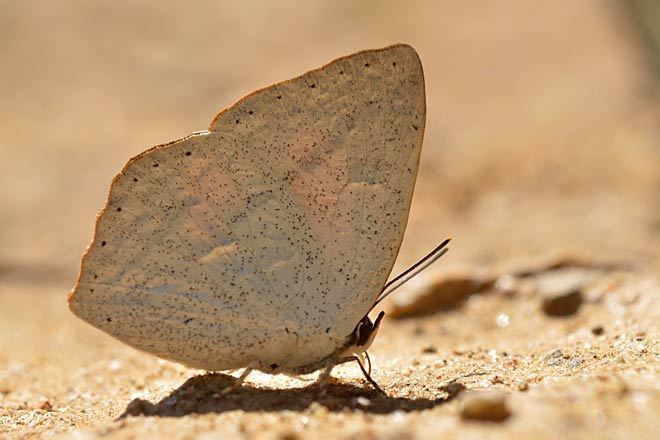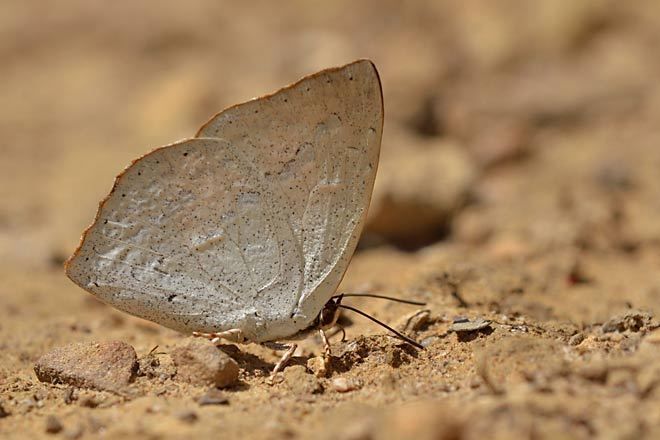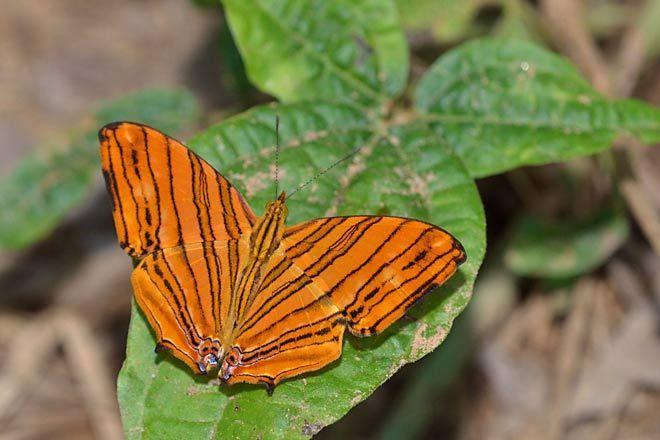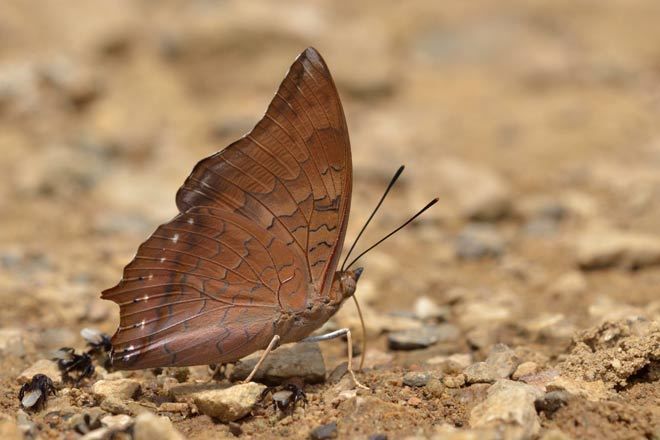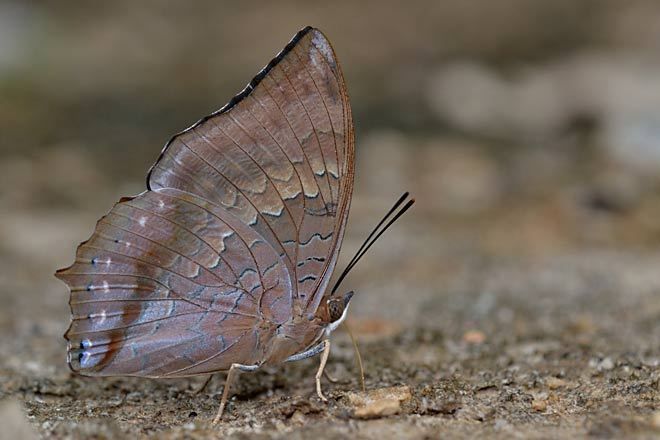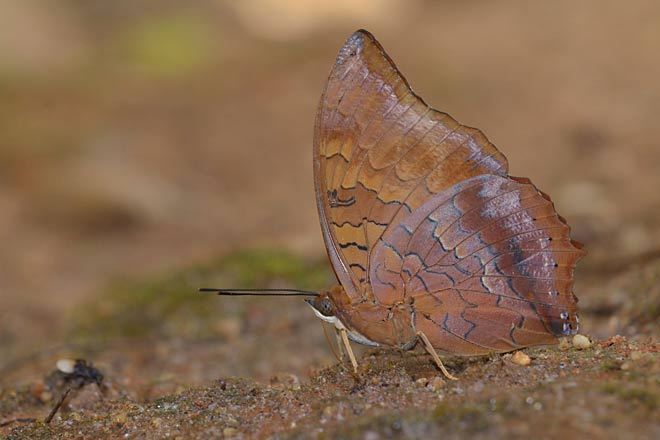Once again, many thanks to Antonio who arranged and made this trip materilised for some of us.
Let me begin with shots for confirmation or identification of the species.
1. Is this Halpe sp or (Pithauria stramineipennis stramineipennis)?
2. Light Straw Ace (Pithauria stramineipennis stramineipennis)
3. Which Arhopala ? - I might have shot it before but could not recall now.
4.Another Arhopala sp !
5. Miletus biggsii ?
6. Three-spot Yamfly (Yasoda tripunctata) ?




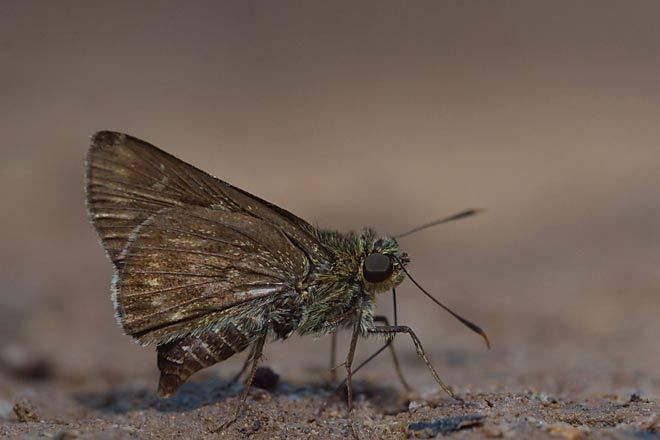
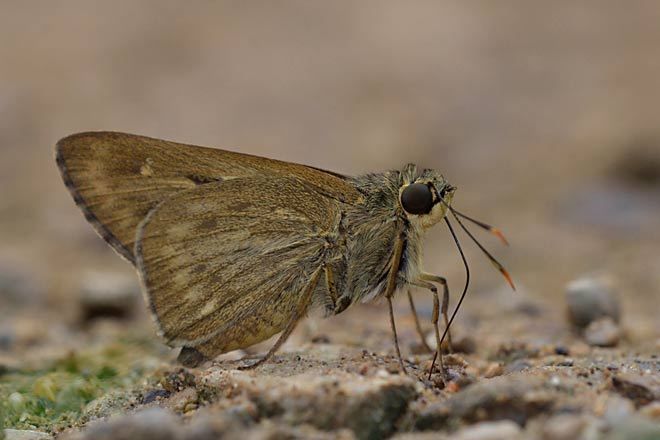
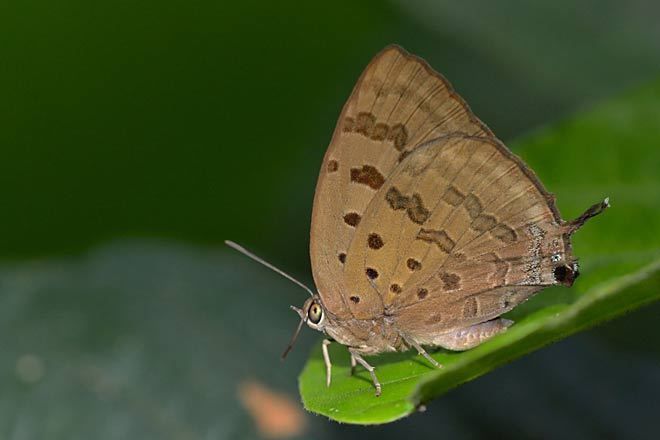
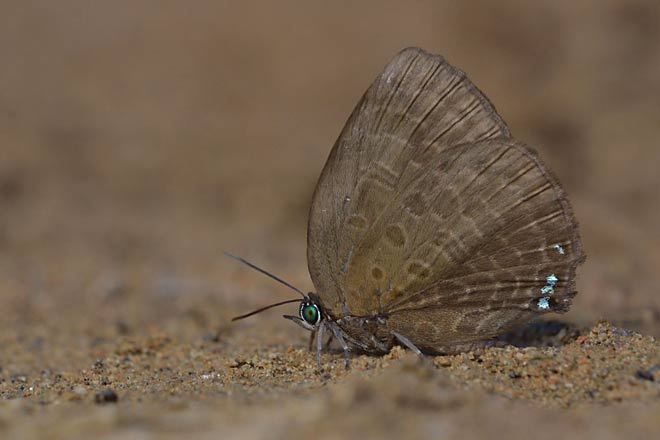
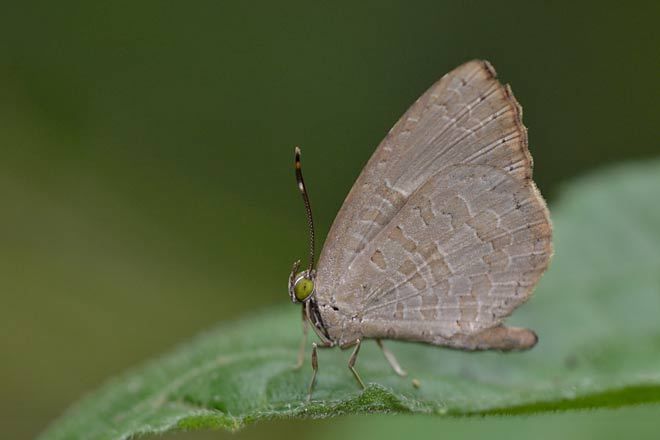


 Reply With Quote
Reply With Quote